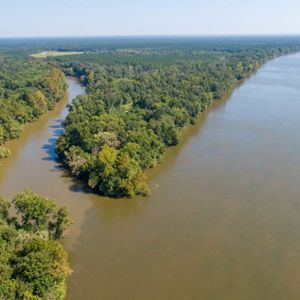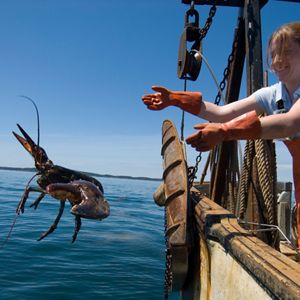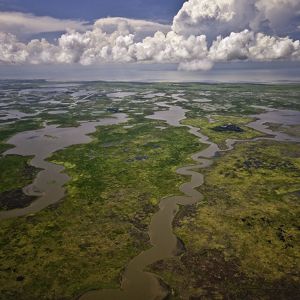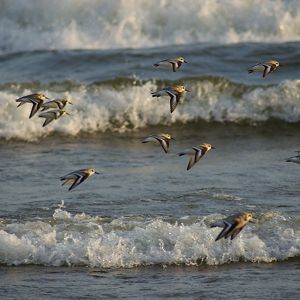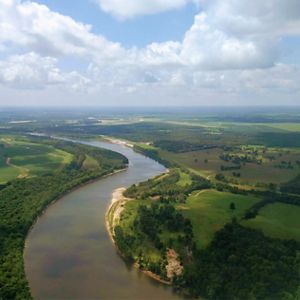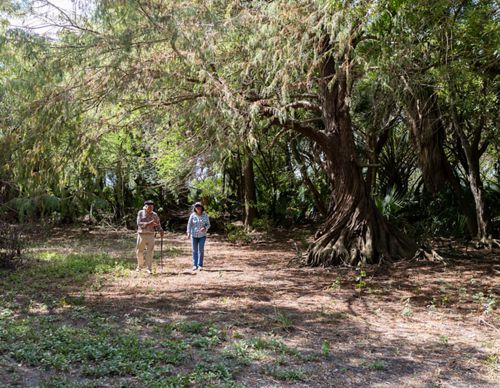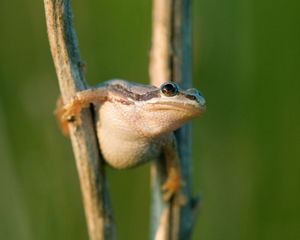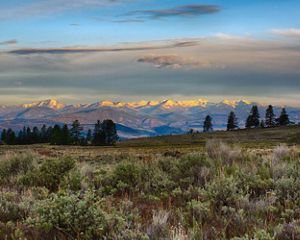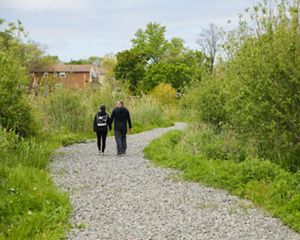TNC works across all 50 states to conserve the lands and waters on which life depends.
A leading conservation organization in the United States and around the world, TNC works with public and private partners to ensure our lands and waters are protected for future generations.
Green Up Your Inbox
Every month we'll send you our best stories and ways to get involved. Get a preview of a Nature News email.
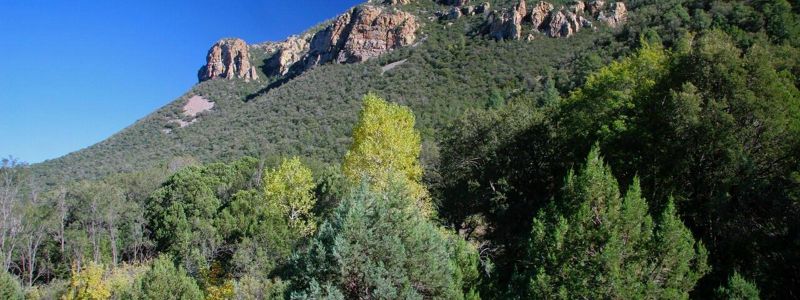
AZ211210_D004
Ramsey Cliffs from Grand View Loop
©
Sandy Kuzner
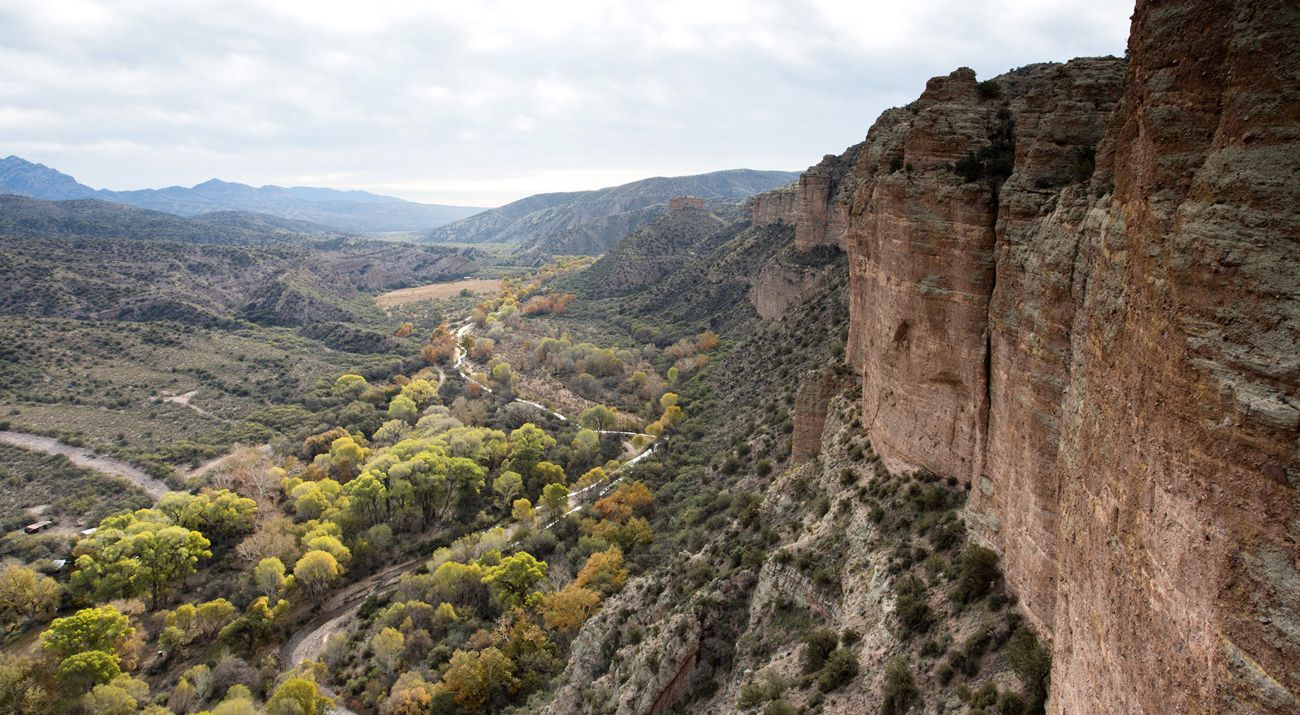
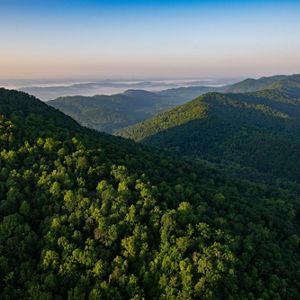
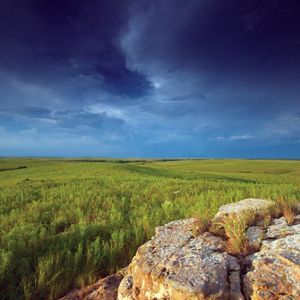
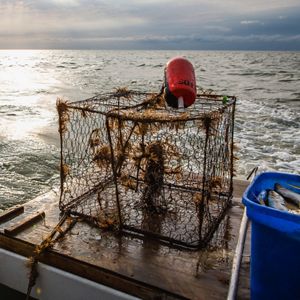
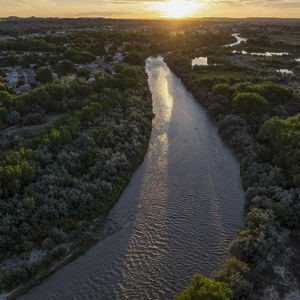
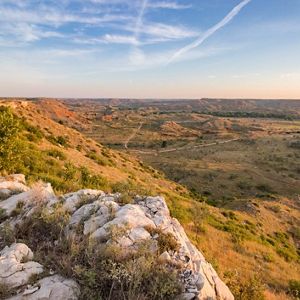
.jpg?crop=427%2C0%2C1962%2C1962&wid=300&hei=300&scl=6.54)
